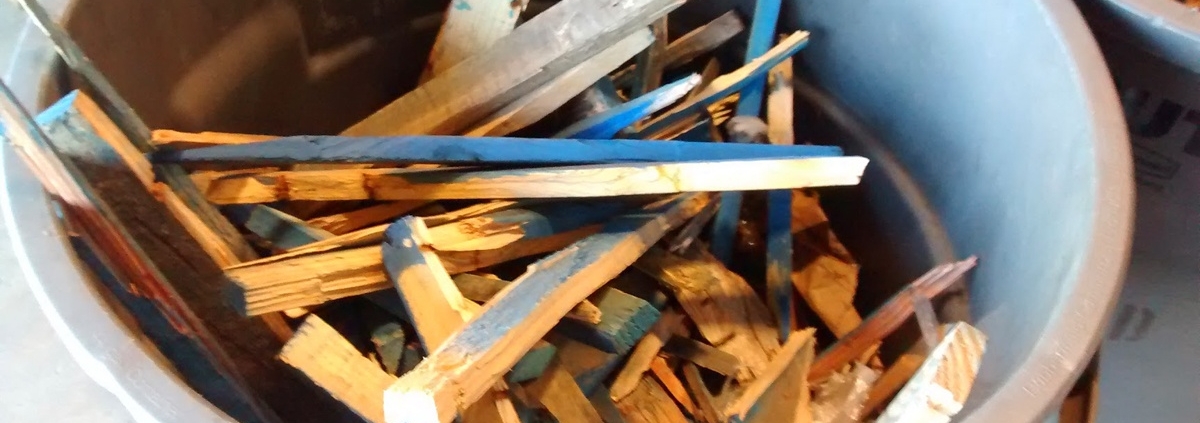How Forklift Drivers can Reduce Wood Pallet Damage

Call it synergy – the combined result is exponentially more potent than the sum of the individual components involved. That’s the way it is for pallets and forklifts. The development of pallets and unit load handling dramatically has improved material handling. The mutually beneficial relationship between lift trucks and wood pallets spans over 80 years and continues to evolve.
Today, palletized handling is a fact of life in many supply chains. Logistics professionals, however, continue to strive for continuous improvement opportunities. As they explore ideas for reducing product and pallet damage, an opportune place to start is the interface between the forklift and the product – the wood pallet.
Why is reducing wood pallet damage important?
There are crucial reasons for eliminating pallet damage. Let’s start with safety. Exposed nails and splinters can cut or puncture the skin. More seriously damaged pallets can result in toppled loads or load failure – events with potentially catastrophic outcomes. Broken pallets can damage palletized goods, and the impacts that damage the pallets can also damage the products they carry.
Pallet damage can also put a damper on supply chain flow. This factor has become critically important as operators find themselves pressed to process orders faster than ever before. Pallet damage can unexpectedly disrupt that flow and cause unplanned delays.
For example, warehouse staff must re-board, or double-board unit loads palletized on damaged pallets before inducting them into the warehouse or production plant. Damaged pallets can get caught up in material handling systems such as conveyors and pallet racking, requiring intervention and causing expensive downtime.
How forklift operators can reduce wood pallet damage.
Slow down upon pallet entry
It may seem counterintuitive to slow down when speed is required, but slowing down immediately before entering the pallet will reduce impact damage to pallet lead boards and product alike, eliminating the need to deal with these issues subsequently.
Place forks accurately
Incorrect fork placement can result in fork tips damaging the ends of pallet stringers or blocks. Take care to enter the pallet cleanly. Remove obstacles that make a level fork entry into the pallet difficult, such as floor debris.
Keep forks level
Ensure that forks are horizontal when lifting palletized products. If forks are angled, stress on the pallet’s top deck boards will not be uniformly distributed, increasing the likelihood of broken boards.
Avoid “shortforking”
Shortforking is an industry term for not completely entering the pallet with the forks. As in the case above, shortforking results in uneven distribution of weight. With all of it being shouldered by the pallet’s front half, the chance of pallet damage is increased.
Avoid bottom deck damage with correct pallet jack placement
Where forks are longer, such as in the case of a double pallet jack, markings on the forks can help. The operator can use the markings to quickly determine that forks are correctly positioned. This technique eliminates the risk of load wheels resting over bottom deck boards and damaging them when raising the forks.
Don’t hump pallets
One common cause of lead board damage results from operators making contact with an adjoining unit load in a row before completely lowering. The best practice is to lower the pallet immediately prior to placing it next to another unit load. When one pallet rides on top of the adjoining pallet lead board while being lowered, it can damage the lead board.
Take a look at your warehouse floor. Suppose you see many longer splinters on the floor. In that case, the chances are that forklift operators are lowering pallets after contact rather than prior.
Don’t bulldoze pallets across the warehouse floor
Pushing or bulldozing stacks of pallets or unit loads with a forklift is still commonly practiced. It is seen as a time-saving technique – moving several unit loads rather than one. This approach can cause damage to forklift and pallet deck boards alike, however. As one article notes:
Pushing an object (by forklift) subjects the drive train to higher loads than it’s designed for. Additionally, the inertia used to push can apply higher peak forces than it is supposed to handle. All of this can significantly reduce the life of the transmission.
Bulldozing pallets also presents safety risks. If an operator’s line of sight is blocked by the unit loads being pushed, they may not see other workers or equipment. Additionally, if a bulldozed load catches on a seem in the floor, it can topple and cause injury and damage.
Attention to forklift operation best practices can help your company minimize pallet damage, as well as damage to products and other equipment. Better forklift practices can reduce your pallet repair and replacement costs, and most importantly, better protect people who work in proximity to pallets. Now is the time to incorporate pallet handling best practices into your forklift training program.



